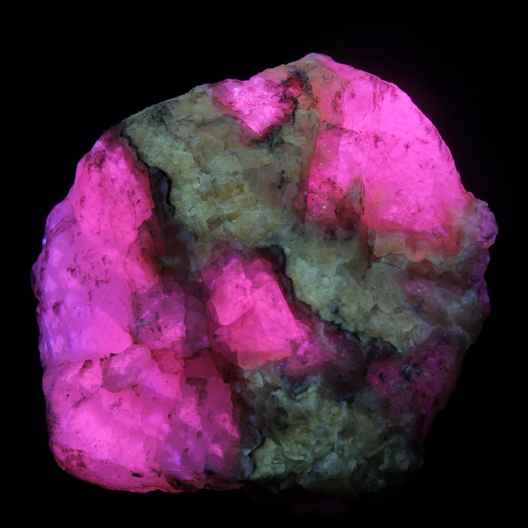In the vast realm of geology, rocks and minerals are inseparable companions. However, there exists a fascinating anomaly in the geological world – a rock that defies the norm by lacking minerals. This enigmatic entity has puzzled scientists and geologists for centuries. In this article, we will delve into the depths of this peculiar rock, exploring its characteristics, origins, and the implications it holds for our understanding of Earth's geological processes.
Defining the Mineral-less Rock:
The rock in question is known as "ultramafic rock." Unlike most rocks, which are composed of various minerals, ultramafic rocks are primarily made up of mafic minerals, such as olivine and pyroxene. These rocks are typically dark in color and have a low silica content. While they may contain trace amounts of minerals, they are considered mineral-poor compared to other rock types.
Formation and Geological Significance:
Ultramafic rocks are primarily formed through processes involving mantle-derived magmas. These magmas originate from the Earth's mantle and are rich in iron and magnesium. When these magmas cool and solidify, they give rise to ultramafic rocks. The absence of minerals in these rocks can be attributed to the specific conditions under which they form, such as high temperatures and rapid cooling.
The scarcity of minerals in ultramafic rocks has significant implications for our understanding of Earth's geology. These rocks provide valuable insights into the composition and dynamics of the Earth's mantle, which is otherwise inaccessible to direct observation. By studying ultramafic rocks, scientists can gain a better understanding of processes such as mantle melting, magma generation, and the formation of tectonic plates.
Applications and Economic Importance:
While ultramafic rocks may lack minerals traditionally sought after for economic purposes, they possess unique mineral assemblages that can be of great value. These rocks often contain rare and economically significant minerals, such as chromite, platinum-group elements, and nickel. As a result, ultramafic rocks are of great interest to the mining industry, as they represent potential sources of these valuable resources.
Environmental Implications:
Ultramafic rocks also play a crucial role in the environment. Due to their unique mineral composition, they have the ability to absorb large amounts of carbon dioxide from the atmosphere. This carbon sequestration capacity makes ultramafic rocks a potential tool in mitigating climate change. Researchers are exploring the possibility of using these rocks to capture and store carbon dioxide, thereby reducing greenhouse gas emissions.
Conclusion:
The existence of ultramafic rocks, devoid of minerals as we traditionally understand them, challenges our preconceived notions of geological processes. These rocks offer a glimpse into the hidden depths of the Earth's mantle and provide valuable insights into the formation of our planet. Furthermore, their economic potential and environmental significance make them an area of ongoing research and exploration. As we continue to unravel the mysteries of ultramafic rocks, we gain a deeper understanding of Earth's geological history and the potential solutions they hold for our future.

